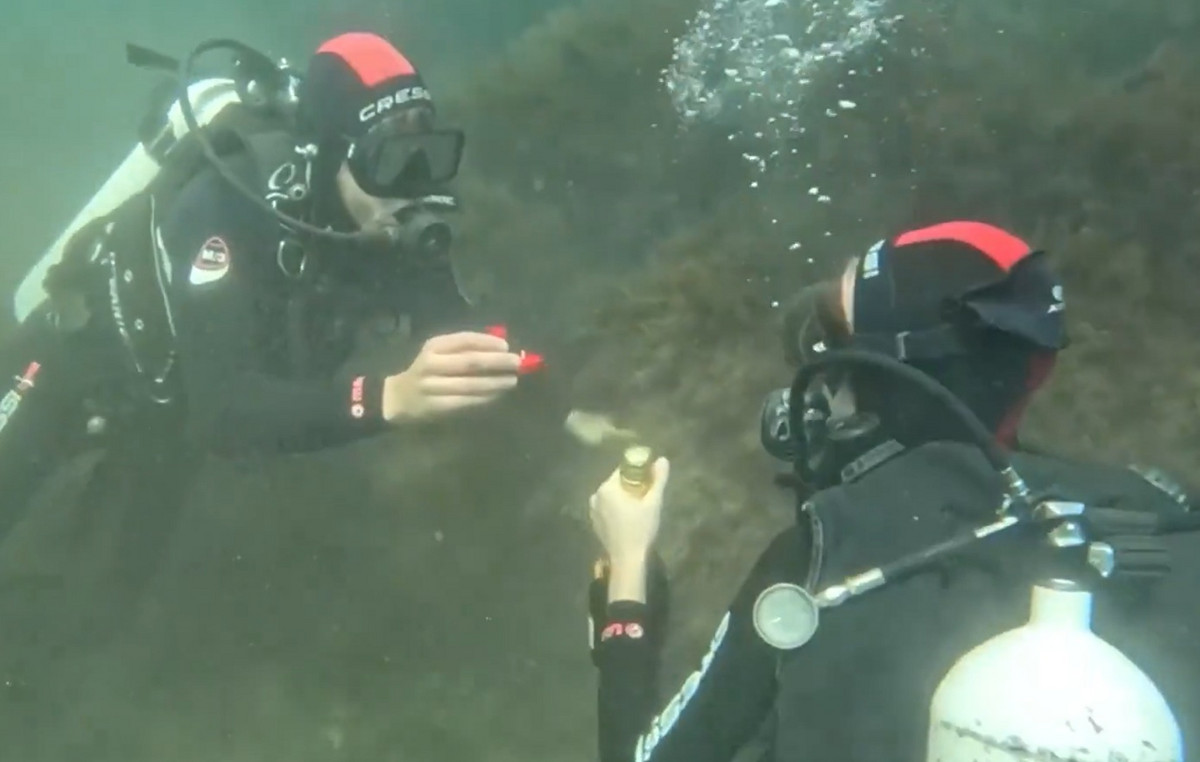Consider spare parts capable of repairing damaged organs, human stem cells have long been used in regenerative medicine to treat skin burns and in life-saving therapies. “With 5,000 clinical studies, in Switzerland and around the world, it is proven that these substances help to cure many diseases or act as substitutes for cells that have been damaged, with applications ranging from neurology to endocrinology, from cardiology and regenerative medicine “, explains Professor Jacques Proust, geriatrician and director of the Anti Aging Center Nescens Clinique de Genolier, a company that belongs to the group of the same name that has invested over 20 million Swiss Francs in this type of research since 2015. “These substances are also used in remodeling and regenerating lipostructure treatments for the face and body by implanting, where necessary, fat taken from the same person”, explains Stefania de Fazio, surgeon specialized in plastic, aesthetic and reconstructive surgery SICPRE (Italian Society of Plastic, Reconstructive and Aesthetic Surgery). The world of cosmetics has been interested in stem cells since 2009, when a Swiss researcher identified in a very rare variety of apple, the Uttwiler Spatlauber, those that have the ability to interact with the skin. However, one thing needs to be clarified, as underlined by Professor Leonardo Celleno, dermatologist and president of AIDECO, the Italian Association of Dermatology: “The sector legislation prohibits the use of human stem cells in cosmetics”.
Instagram content
This content can also be viewed on the site it originates from.
Not just from apples
Uttwiler Spätlauber apples, an extraordinarily long-lived fruit and for this object of study since 1800, are not the only ones to contain precious plant stem cells for skin care, but these regenerating principles are also derived from the edelweiss (Leontopodium alpinum); from the butterfly tree (Buddleja davidii) rich in a powerful antioxidant and photo-protective: verbacoside; from blueberry (Vaccinium myrtillus); from the strawberry (Fragaria); from raspberry berries (Rubus idaeus) containing anthocyanins, remarkably powerful antioxidants with an anti-inflammatory action; And from tomato (Lycopersicon esculentum) rich in protective phytokeratins.
Vital parts of a plant, this type of cells are extracted from the buds, fruits or the terminal section of the root, using extraction processes that do not alter their self-regenerative properties. Compared to humans, plant stem cells found in plants are more versatile, however the property of multiplying indefinitely by adapting to the characteristics of the cells with which they come into contact through a process called cell differentiation, e totipotent for the ability to repair damaged tissues. In fact, they contain the so-called Similar EGFs (Epidermal growth factor – growth factors of the epidermis derived from blood), comparable to human ones, and for this reason they are used in cosmetics for the “rejuvenation” of the skin. «They act on the epidermal and dermal levels and in the intermediate matrix and can effectively contribute to skin rejuvenation. In addition, they have an antioxidant effect and can rid the skin of harmful substances, which also leads to a healthier complexion. With regular use, collagen synthesis can be strengthened and thus premature aging can be effectively combated. Moreover, they are precious allies of the hair because they regenerate and reactivate the hair follicle, the root of the shaft, stimulating it and preserving it from the damage of time“.
They are not used alone
The ingredient included in cosmetics is not the whole stem cell but its extracts added to vitamins, amino acids, lipids and minerals. It is a cocktail of functional principles capable of interacting with other cells by intervening in physiological processes whose activity is slowed down by the effect of time. Together these agents stimulate fibrobolasts (fibers that produce collagen, a key ingredient in tissues and responsible for skin tone and firmness), defend against damage from ultraviolet radiation and counteract the action of free radicals (substances responsible for the aging processes that occur in the body). “Surely the use of these substances represents a valid help in trying to keep the skin young for as long as possible, without forgetting that the cosmetic, as stated in its very definition, indicates a substance that it serves to preserve the beauty of the tissues and is not a miraculous elixir, but a tool that can help keep the skin and hair in good condition », underlines Professor Celleno. Waiting to know further well-conducted scientific tests on the efficacy of stem cells (i.e. supported by tests performed on significant samples of individuals and endorsed by competent scientific committees), those who consider them effective suggest carefully choosing the cosmetic that contains them. “To do this, you must first read the Inci well (acronym for International Nomenclature of Cosmetic Ingredients is the label that shows the list of ingredients in descending order, starting from the one with the highest percentage and continuing with the items with the lowest percentage) and make sure that stem cells appear in the first places. In the end, it is always advisable to inquire about the company that produces them and check their reliability “concludes the pharmacist.
Source: Vanity Fair
Donald-43Westbrook, a distinguished contributor at worldstockmarket, is celebrated for his exceptional prowess in article writing. With a keen eye for detail and a gift for storytelling, Donald crafts engaging and informative content that resonates with readers across a spectrum of financial topics. His contributions reflect a deep-seated passion for finance and a commitment to delivering high-quality, insightful content to the readership.







